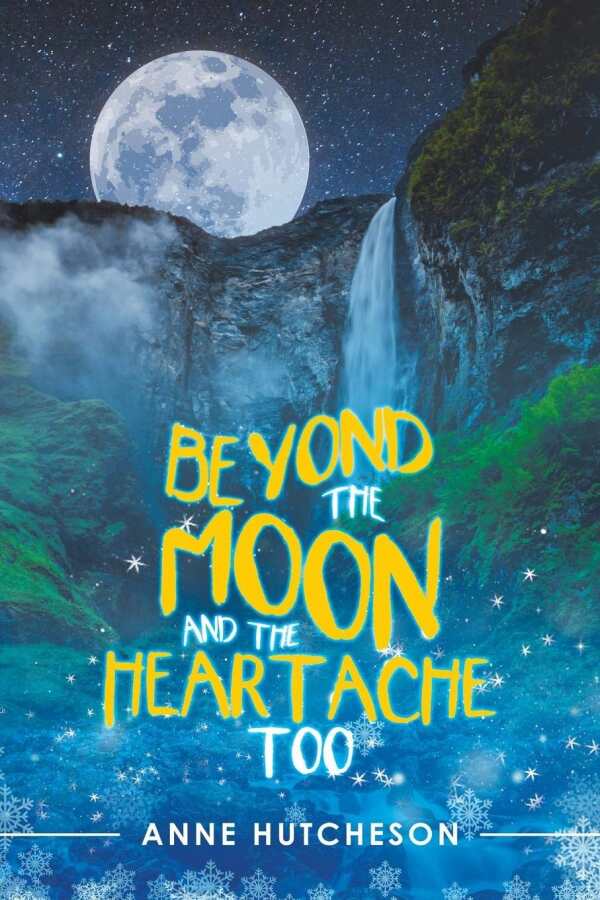Beyond the Moon and the Heartache Too
Family tragedies and new opportunities play against each other in Beyond the Moon and the Heartache Too, a novella about growing up and growing past artificial limits.
Anne Hutcheson’s novella Beyond the Moon and the Heartache Too shifts between the present and the past to paint a portrait of a troubled family in constant flux.
Sidnei is an active photographer, nearing retirement age alongside her husband, Logan, in their huge Pennsylvania home. She steeps herself in beauty, reveling in the surrounding nature and filling her house with happy mementos. Her aging parents live in Phoenix; they are held at a distance. Sidnei increasingly worries that their abbreviated phone conversations are hiding a crisis. When a caseworker calls to inform her that her parents require an intervention, she and Logan board a flight headed west.
Between shots of the present, which are colored by Sidnei’s desire for comfort, come peeks into the past. Sidnei, at four, is seen starting over with her brother and parents in Denver, and then again, with a second brother, in a town farther west. She grows up being told to be pretty, but she wants to be smart and free even more. Her brothers seem coddled; she feels ignored.
Everywhere the family lands, Sidnei struggles to make friends and adjust. In the absence of anything else reliable or rooted, she cultivates her lifelong love of the moon. It presides over all—sometimes offering comfort and sometimes seeming foreboding. And then she meets Logan, who offers her a way out through love.
The text rests on contrasts—between the faded brown of Sidnei’s parents’ Arizona yard and the lush, green atmosphere around her own home; between the smell of roses and lilacs that used to rise from her mother’s skin and the smell of urine that surrounds her in her old age; between the ease and luxury of Sidnei and Logan’s day-to-day life and the inevitable conflicts that arise when they attempt solutions to her parents’ deteriorating and dangerous situation.
Modifiers are used to excess, some word choices are odd fits, and the book’s misspellings and grammatical missteps are distracting. Characterizations are heavy-handed and sometimes inconsistent. Characters’ reactions to everyday situations, down to family visits, are mercurial and overblown. A caseworker bursts into tears during a home visit. When Sidnei’s brother Garvan appears, he is cartoonishly villainous—looming, threatening, and punching through doors. Sidnei’s father is said to be baiting her in the present, but he mostly comes across as gruff; his statements in her girlhood are biting and excessive.
Young Sidnei is built up with expressions of her sweetness and innocence; Sidnei, grown up, seems no less attached to fantasies, though her behaviors are practical. Logan and Sidnei’s relationship functions almost as a fairy tale against her love-starved childhood, and if that happily ever after doesn’t feel wholly authentic, the escape it represents is welcome. The betrayals that are revealed late in the book are heartrending but may come too late to have full impact.
Family tragedies and new opportunities play against each other in Beyond the Moon and the Heartache Too, a novella about growing up and growing past artificial limits, demanding no less than everything under the sky.
Reviewed by
Michelle Anne Schingler
Disclosure: This article is not an endorsement, but a review. The publisher of this book provided free copies of the book and paid a small fee to have their book reviewed by a professional reviewer. Foreword Reviews and Clarion Reviews make no guarantee that the publisher will receive a positive review. Foreword Magazine, Inc. is disclosing this in accordance with the Federal Trade Commission’s 16 CFR, Part 255.

